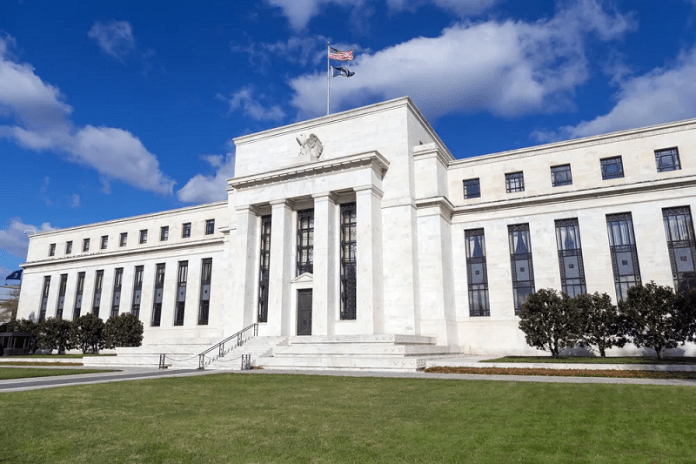The Federal Reserve raised interest rates by three-quarters of a percentage point again on Wednesday and said its battle against inflation will require borrowing costs to rise further, yet signaled it may be nearing an inflection point in what has become the swiftest tightening of US monetary policy in 40 years.
The double-sided message left open the possibility the U.S. central bank may raise rates in smaller increments in the future, ending its sequence of three-quarters-of-a-percentage-point hikes as soon as December in favor of more tempered increases of perhaps half a percentage point, while also leaving policymakers room to continue pushing rates higher if inflation doesn’t start to slow, according to Reuters.
Fed Chair Jerome Powell, speaking in a news conference after the end of the central bank’s latest policy meeting, said he wanted no confusion on that point: Even if policymakers do scale back future increases, he said, they were still undecided about just how high rates would need to rise to curb inflation, and were determined to “stay the course until the job’s done.”
Regardless of how fast the Fed moves, “there’s some ground to cover” for the target federal funds rate to reach a “sufficiently restrictive” level that will slow inflation, Powell said. The final destination is “very uncertain … We’re going to find it over time.”
“The question of when to moderate the pace of increases is much less important than the question of how high … and how long to keep monetary policy restrictive,” he said, adding that it was “very premature” to discuss when the Fed might pause its increases.
Major U.S. stock indices spiked after the release of the Fed’s statement, which promised to take economic risks more clearly into account in deciding the size of any further rate increases, but erased those gains as Powell spoke and ended the day sharply lower. The S&P 500 index (.SPX) fell 2.5% and the Nasdaq Composite (.IXIC) slid more than 3%.
Yields on U.S. Treasury securities, which had dropped sharply after the Fed statement was released, turned higher. The 2-year note – the bond maturity most sensitive to Fed policy expectations – was up 6 basis points to about 4.61%.
Bill Nelson, a former top Fed staffer who is now chief economist at the Bank Policy Institute, said ahead of Powell’s news conference that the Fed’s policy statement appeared to set the central bank up for more rate hikes before its tightening cycle is completed, delivered at a possibly slower pace.
The document “implied that (the Fed) may be aiming for a higher medium-term level for the fed funds rate than currently expected,” Nelson said.























